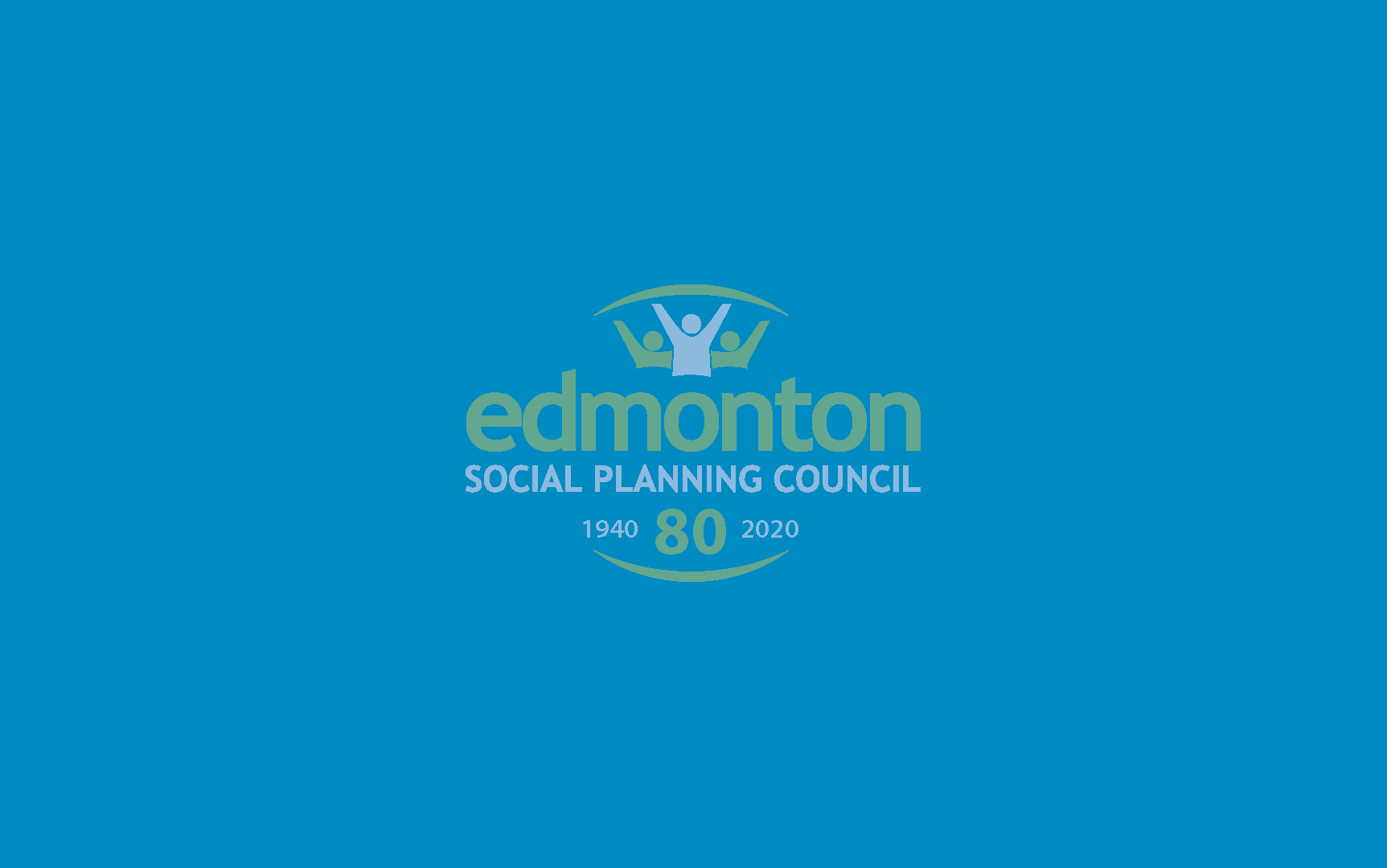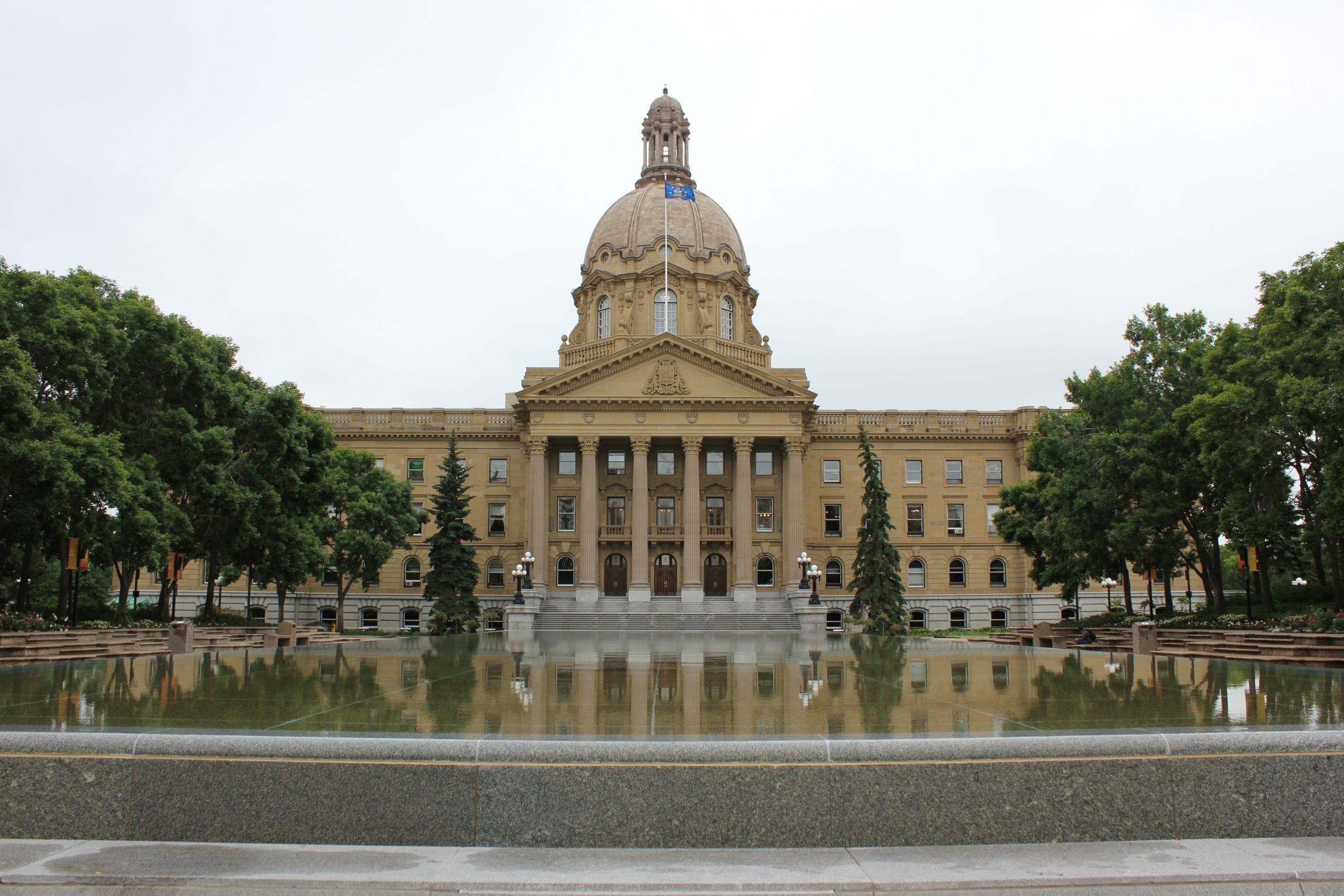Introduction
To coincide with the 50th anniversary of the founding of what would become known as WIN House (Women in Need), a new book by Marsha Mildon, WINning: The Trials, Tribulations, and Triumphs of Opening a Women’s Shelter, was released in June 2020. The book chronicles the storied history of how the women’s shelter movement took hold in Edmonton. In the late 1960s, a group of concerned citizens came together to start what was a new concept at the time: a dedicated women’s shelter to serve as a safe place. First for any single woman in need, then opening to women with children who were living in unsafe conditions—such as those experiencing intimate partner violence (physical, mental, or emotional)—and had nowhere to go. The Edmonton Social Planning Council (ESPC) played an important role in helping to establish the shelter, which included administrative and staffing support.
More information about the book, including how to order, can be found here: http://www.enable.org/winning/
The following is a timeline of notable events and developments that mark the history of WIN House.
Spring 1968: Daisy Wilson, Diocesan President of the Catholic Women’s League (CWL), reads an article in the Edmonton Journal about the plight of girls and women (particularly Indigenous women) arriving at the bus and train stations, especially late in the evening, having no contacts, no resources, and no place to stay.
May 1968: Daisy speaks out about her concern for these women at the CWL’s Social Action Committee meeting, the Women’s Inter-Church Council’s meeting, as well as the YWCA—who tell her that housing these women is not in their mandate.
June 20, 1968: YWCA hosts a meeting with 28 organizations, agencies, and concerned citizens in attendance. A decision is made to do some research on the issue.
1969: The Mossman Report is completed, which explored the needs of transient women, services currently available, and what additional services may be needed.
November 29, 1969: All Saints Anglican Cathedral offers space in their basement and bell tower for a three-month trial run. Lynn Hannley and Bettie Hewes from ESPC are involved in the planning process from the beginning working alongside the YWCA, which was the umbrella organization for the first four months.
January 23, 1970: The Overnight Shelter for Women opens with donations from church and community groups. The Junior League is the largest donor, providing $500 a month.
May 1, 1970: ESPC takes over from the YWCA as the umbrella organization for Edmonton Women’s Shelter (EWS), under the guidance of Bettie Hewes, Executive Director of ESPC.
July 1, 1970: The Women’s Emergency Shelter moves to a former pawn shop location on 101 Street and 102 Avenue on a monthly rental basis.
Note: The Edmonton Women’s Shelter used a variety of names—including the Edmonton Women’s Emergency Shelter, Overnight Shelter for Women, or Edmonton Women’s Overnight Shelter—as it was being established.
August 31, 1971: The shelter moves to a city-owned house in the 102 block of 108 Street.
May 1, 1973: Another move, this time to the 103 block of 101 Street – a second store front location.
July 1, 1973: A three-storey house on 98 Avenue in the river valley is rented to use as Sheltered Accommodation to shelter women who needed “acceptance and safe time to figure out what they might do next” (i.e. longer term users).
By this point, EWS had spent nearly 5 years moving the shelter around downtown Edmonton from one rental to another, including city owned properties.
September 26, 1973: A non-profit corporation is registered as Edmonton Women’s Shelter Ltd. The EWS officially becomes its own entity. ESPC is no longer the umbrella organization, but continues to provide advice and support.
September 30, 1974: EWS closes due to a lack of suitable accommodation.
October 30, 1974: The Government of Alberta announces funding for the Edmonton City Centre Church Corporation (e4c) to operate a service for transient women. This shelter becomes the Women’s Emergency Accommodation Centre (WEAC) and is now the responsibility of e4c—an organization of white male Protestant ministers. WEAC opened in October 1974.
January 15, 1975: WEAC has official public opening in the renovated Immigration Building.
1975—76: The original EWS group is devastated but continues to meet and research what to do for women next.
May 1977: EWS announces their new project is a shelter for battered* mothers and their children. They enter the family violence field.
*Note: The use of battered, although now dated and potentially triggering, reflects the terminology of the era and is used here contextually.
May 1, 1978: Clifford E. Lee Foundation offers $100,000 for the purchase of a house for EWS.
September 1978: Clifford E. Lee Foundation purchases a house and leases it to EWS for 10 years at $1 a year.
December 6, 1978: WIN House I opens and is quickly at capacity. This is the first Women’s Shelter in Alberta that specializes in taking in women with their children.
Atonement Home offers space to overflow applicants from WIN House. Eventually, the Franciscan Sisters open Lurana Shelter—the second shelter for battered women and children in Edmonton. One EWS board member becomes chair of their advisory committee.
Note: Catholic Social Services will assume full operational responsibility for Lurana Shelter by April 1, 2021.
April 1980: Ronald Dyck, University of Alberta academic, is hired to study the actual needs of battered women.
July 11, 1980: Dyck’s report and recommendations are released. An EWS Expansion committee begins work on the design and construction of housing that is deemed suitable to their clients’ needs.
May 1982: An anonymous donor covers the cost of building WIN House II—the first purpose-built shelter for women and children in Canada.
November 12, 1982: WIN House II is opened with no mortgage thanks to community donors.
1983: Alberta Council of Women’s Shelters (eight shelters and one second stage housing, which provides housing and supports for women who have left abusive relationships as they make plans for independent living) is incorporated. EWS ex-president becomes president.
1984: The EWS Board researches and proposes another second stage housing project.
1985: The EWS Board determines that a separate organization should take on this housing project.
1986: WINGS (Women In Need Growing Stronger) second stage housing is formed, supported by the Sisters of Providence with a number of former EWS board members.
1987: EWS hires ESPC to evaluate service and organization. ESPC recommends a move from a hands-on board to a governance board. Over the next few years, EWS manages this change in structure.
1985—1989: EWS studies the abuse of the elderly and initiates EARS (Elderly Adult Resource Service).
1990: EARS and Catholic Social Services collaborate to work on providing this service.
2006: A building is purchased for the EWS office.
2008: Studies and research continue on what the needs of women experiencing family violence are.
2009: A four-bedroom house is purchased to shelter immigrant, refugee, and women escaping human trafficking.
2010: WIN House III opens. It is the first house world-wide to focus on the needs of immigrant women.
2013: WIN House III closes due to funding shortfalls.
November 2014: WIN House III re-opens in thanks to a large private donation and increased funding from the government. The donor family asks that the shelter be named Carol’s House.

